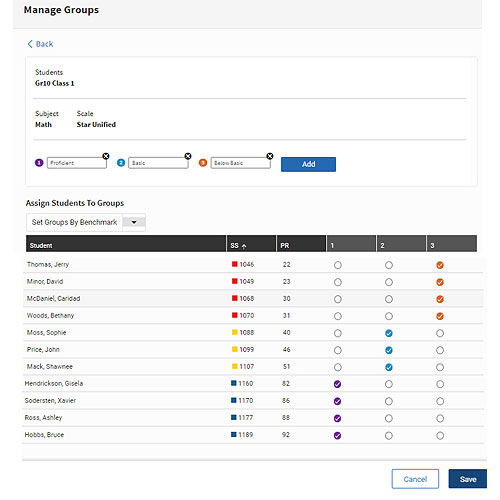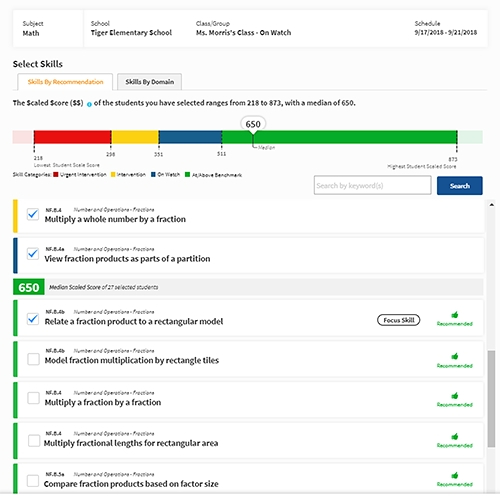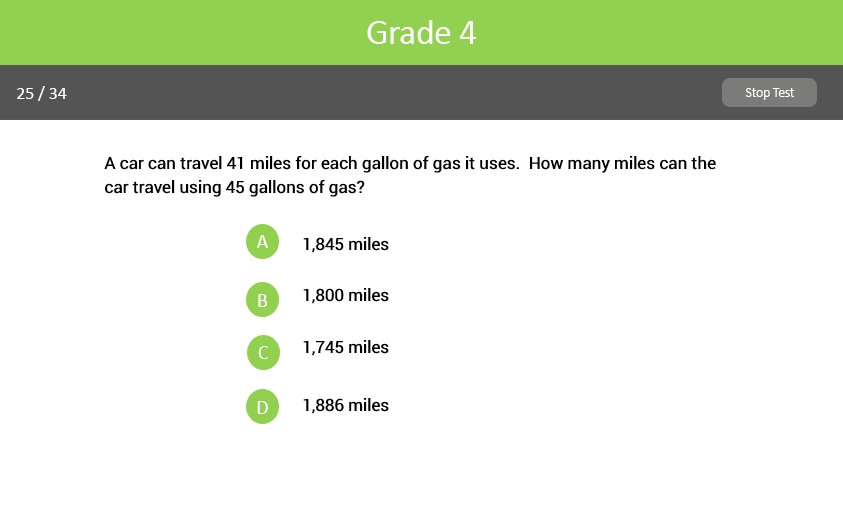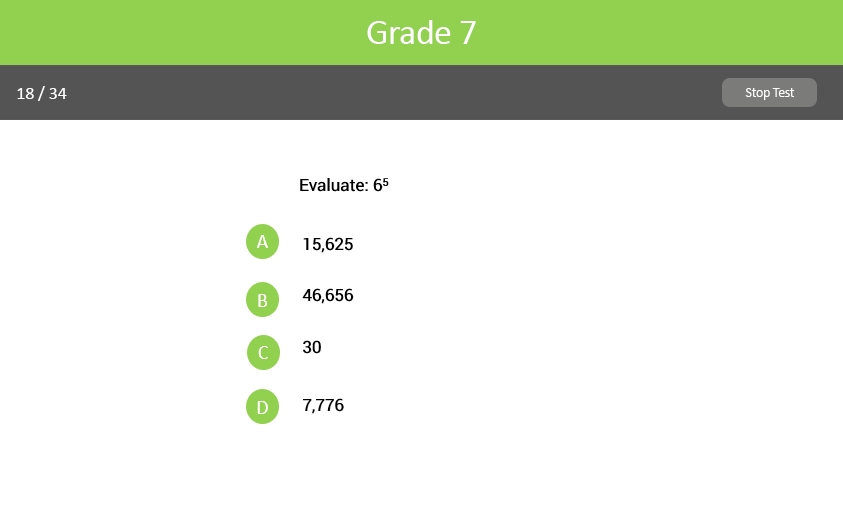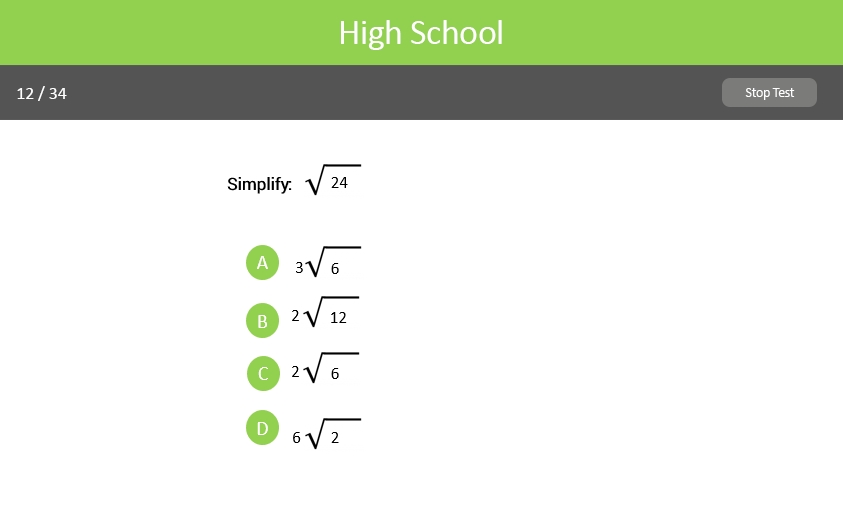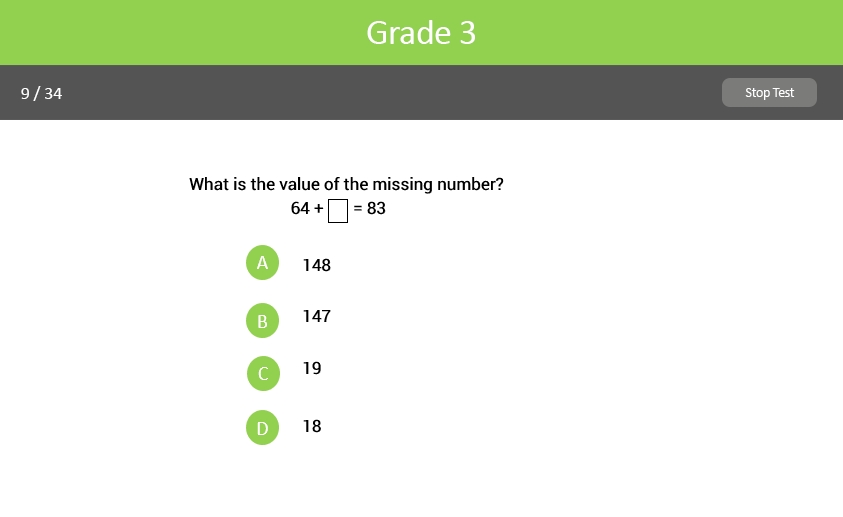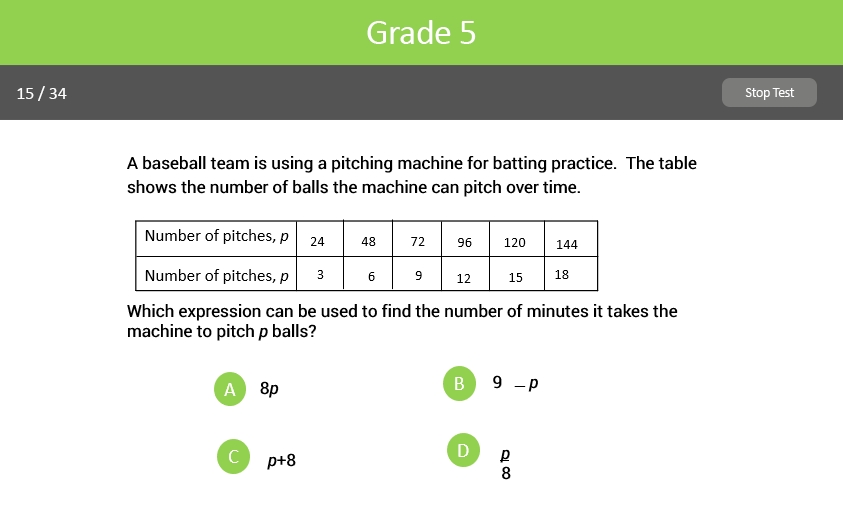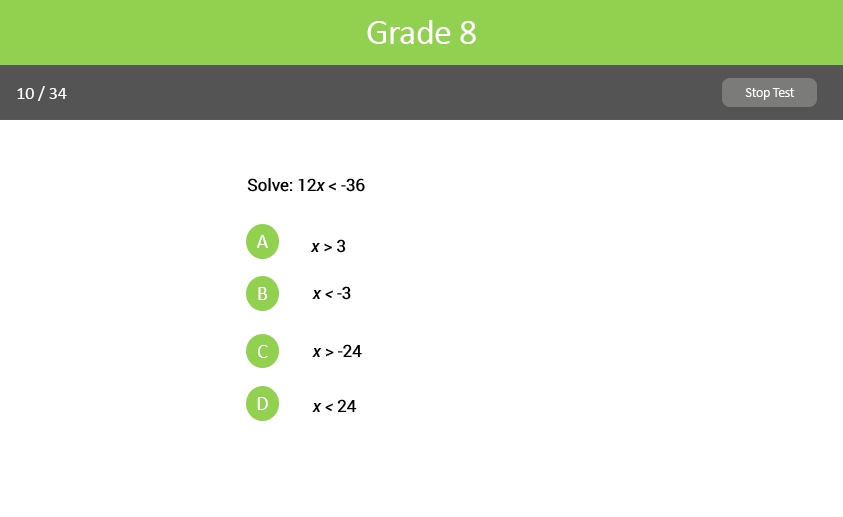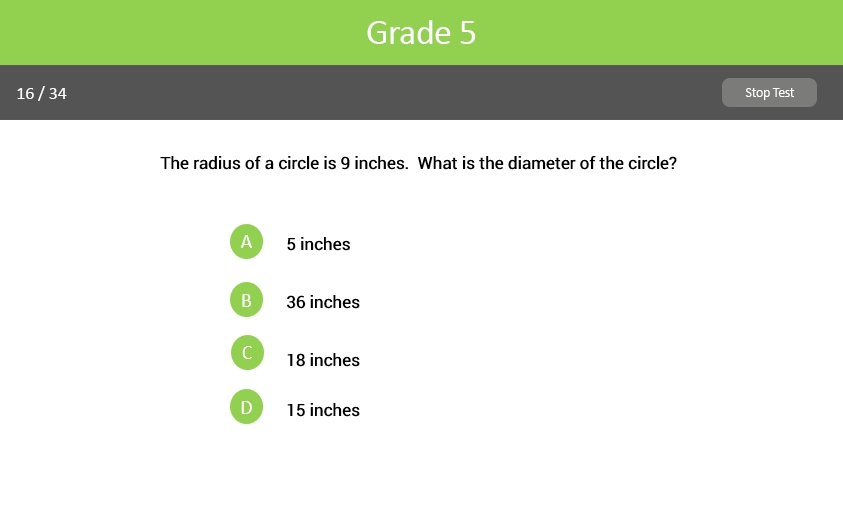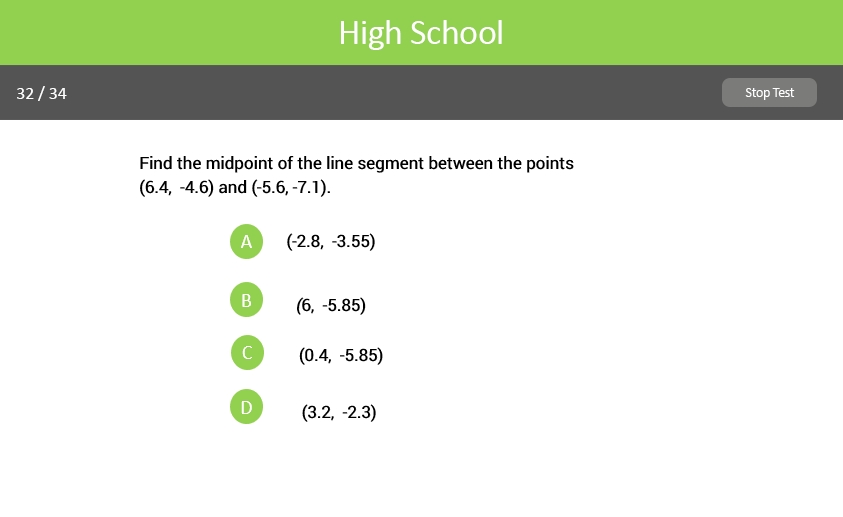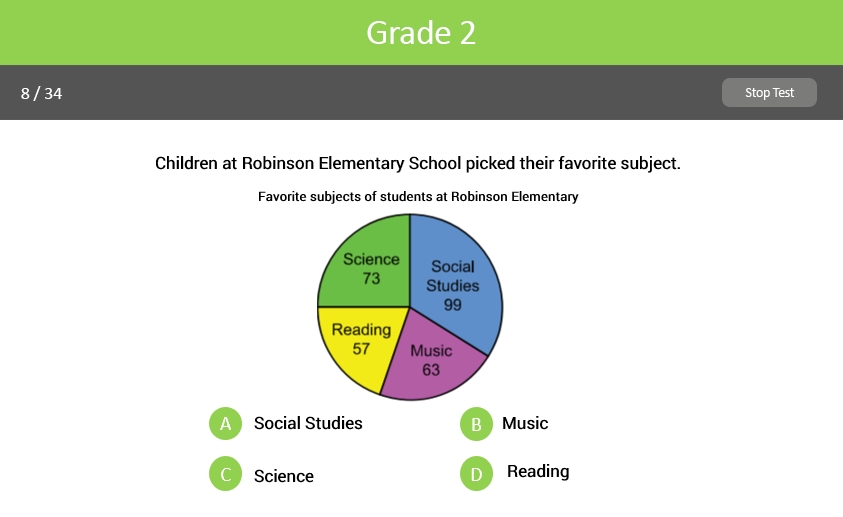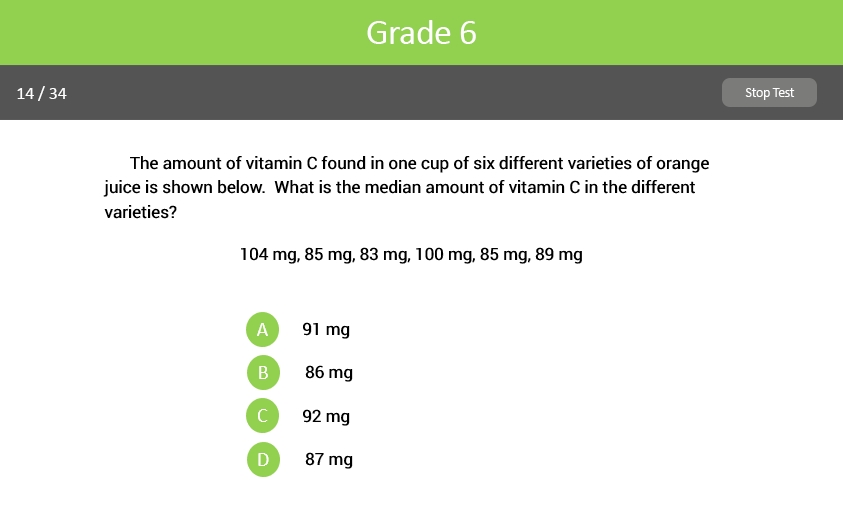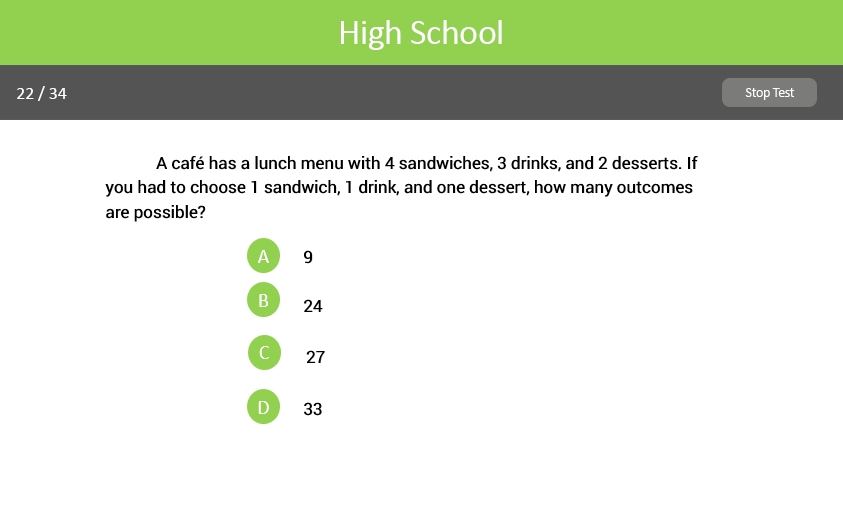Renaissance Star Maths®
Increase maths mastery with actionable insight into each student’s maths skills and subskills—whether you’re teaching in-person, remotely, or a blend of both. For universal screening, progress monitoring, goal setting and more.
AWARD-WINNING MATH ASSESSMENT FOR GRADES 1–12
Unlock every student’s inner mathematician
Whether you are testing in person, remotely, or a combination of both, use Star Maths data to connect each student at every grade level with the concepts they need for future success.
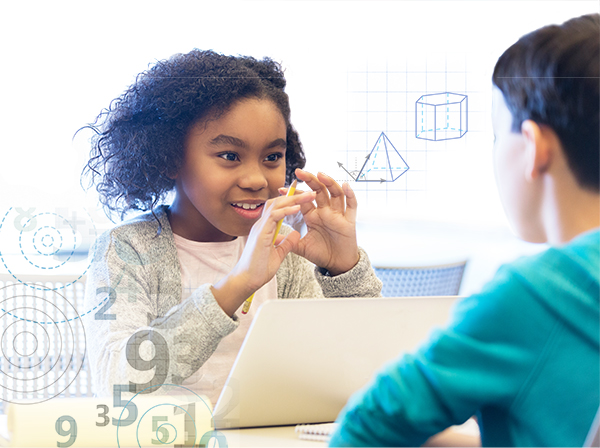
Insights to differentiate and drive maths growth
Whether assessing in person or remotely, Star Maths puts assessment data to work for educators, so teachers can spend less time analysing results and more time differentiating instruction.
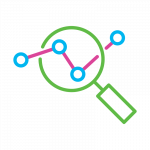
Short assessments. Timely insights. Fast growth.
Renaissance acts on our ever-growing database of more than 2.7 billion practice and assessment data points to glean new insights and refine our solutions. Learning analytics and advances in learning science give us more precision to enable shorter assessments and continually fine-tune state-specific learning progressions.
THE STUDENT EXPERIENCE
See sample items from Star Maths
Numbers and Operations
Star Maths measures students’ ability to add, subtract, multiply, and divide whole numbers, fractions, and decimals. This domain also covers primes, square roots, percents, and numerical expressions.
See more sample items.
Algebra
Students are asked to graph points and functions, evaluate variables, solve linear and nonlinear equations, simplify expressions, and complete other key algebraic tasks.
See more sample items
Geometry and Measurement
Star Maths measures students’ ability to identify shapes, lines, and angles; determine and convert measurements; tell time; calculate the perimeter, area, volume, and surface area of shapes; and determine missing measurements or dimensions.
See more sample items.
Data Analysis, Statistics, and Probability
Students are asked to read and answer questions about charts, tables, and graphs; calculate mean and median; make estimates and determine probabilities; and visually represent data sets.
See more sample items.
POWERFUL ASSESSMENT TOOLS
Assess maths skills across multiple domains
Lead students toward maths proficiency and mastery with a research-based, state-specific learning progression for maths. It shows you the continuum of maths strategies, skills, and subskills needed for students to achieve grade-level maths proficiency.
Counting and Cardinality
- Whole Numbers: Counting, Comparing, and Ordering
Expressions and Equations
Ratios and Proportional Relationships
- Percents, Ratios, and Proportions
Number and Operations in Base Ten
Operations and Algebraic Thinking
Functions
- Relations and Functions
Number and Operations – Fractions
The Number System
Statistics and Probability
Geometry
Measurement and Data
Quantities
- Data Representation and Analysis
Circles
- Polygons and Circles
The Real Number System
Making Inferences and Justifying Conclusions
- Data Representation and Analysis
Arithmetic with Polynomials and Rational Expressions
- Algebra of Polynomials
Expressing Geometric Properties with Equations
Interpreting Functions
- Relations and Functions
Conditional Probability and the Rules of Probability
- Combinatorics and Probability
Seeing Structure in Expressions
Creating Equations
- Linear Equations and Inequalities
Trigonometric Functions
- Right Triangles and Trigonometry
The Complex Number System
Reasoning with Equations and Inequalities
Interpreting Categorical and Quantitative Data
- Data Representations and Analysis
Linear, Quadratic, and Exponential Models
Congruence
Building Functions
- Relations and Functions
Using Probability to Make Decisions
- Combinatorics and Probability

